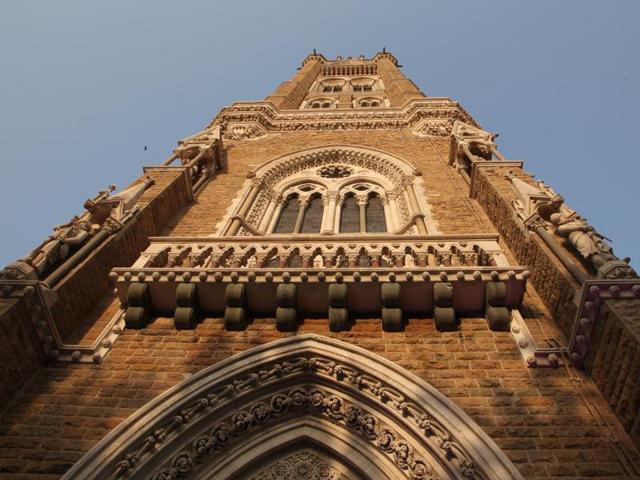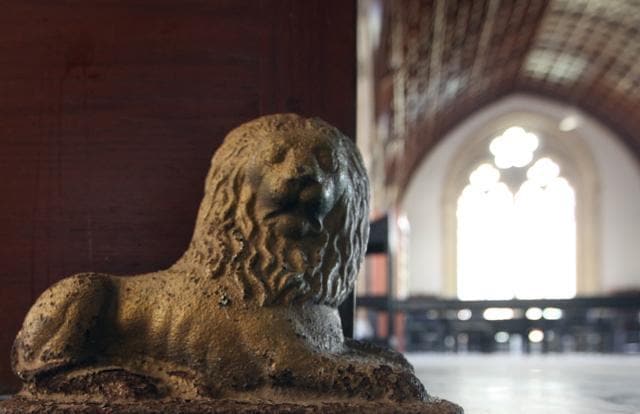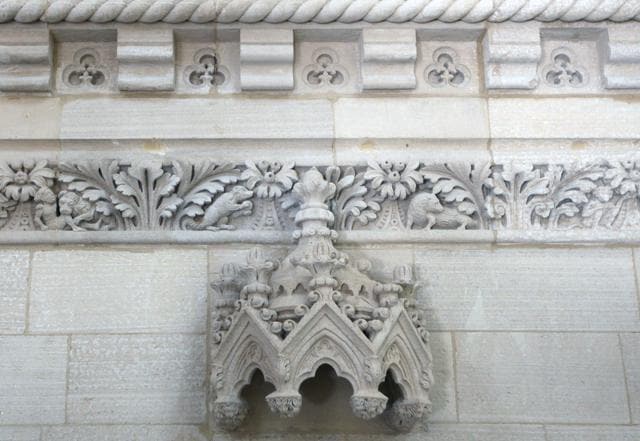Insider’s guide to... Rajabai Clock Tower
Doesn’t it remind you of Big Ben in London,” quips Homiar Goipolia — vice president, projects, at Somaya & Kalappa, an architectural consultation firm, who worked on the restoration of the 137-year-old Rajabai Clock Tower — reminding us of the resemblance. Towering over the southern end of the city, it was financed by a Mumbai-based cotton businessman, Premchand Roychand. He wanted to build a clock as a tribute to his mother (thus, named Rajabai after her,) and to remind her to take her meals on time. As the key benefactor, Roychand donated Rs 3.5 lakh for the construction of the tower between 1869 and 1878.

Did you know?
* The sculptures (on the surface of the clock structure) and interiors (of the adjoining library) were made by Indian artisans and the students of JJ School of Art under the guidance of Sir Lockwood Kipling, their art teacher and illustrator.
* The chief architect, Sir George Gilbert Scott, never visited India. He only sent over the architectural designs, and the construction was overseen by his advisor.
* The tower is 196 ft high and is the tallest structure in the vicinity (Fort area) apart from the Bombay Stock Exchange building. In the early 1900s, one could view the suburbs of erstwhile Bombay from the top, including the different ports and bays by the sea — Lion Gate, Ballard Bunder, Green Gate and Red Gate.
* The clock tower and the library are built with four types of stones — Porbandar limestone, basalt, red Dharangdhara and Malad stone (Malad and Kurla regions of Bombay housed large stone quarries in those days).
* The structure is built facing the west, with tall windows for smooth ventilation through the reading halls of the library. This was done keeping in mind the tropical climate of India. If an east to west axis is drawn right through the centre of the structure, one would find that the two are perfectly symmetrical.
* The tower originally had 16 bells, only two of which toll every hour now. Lund & Blockley, a major watchmaking company in India and England, were the designers of the clock. Yes, the same Lund & Blockley who have a building named after them in Kala Ghoda.

* The arches at the entrance and the stairwell of the tower are Victorian Gothic (decorative patterns on wall panels and high-arched roofs), with Islamic (petal-shaped arch extremities) influences. The overall structure of the library is Venetian Gothic.

* The tower is adorned with 24 statues depicting common Indian people, representing their attire and lifestyle. They are 8 ft tall and made in limestone. Kipling trained the Indian sculptors in order to ensure that the statues matched the European standards of sculpting.





